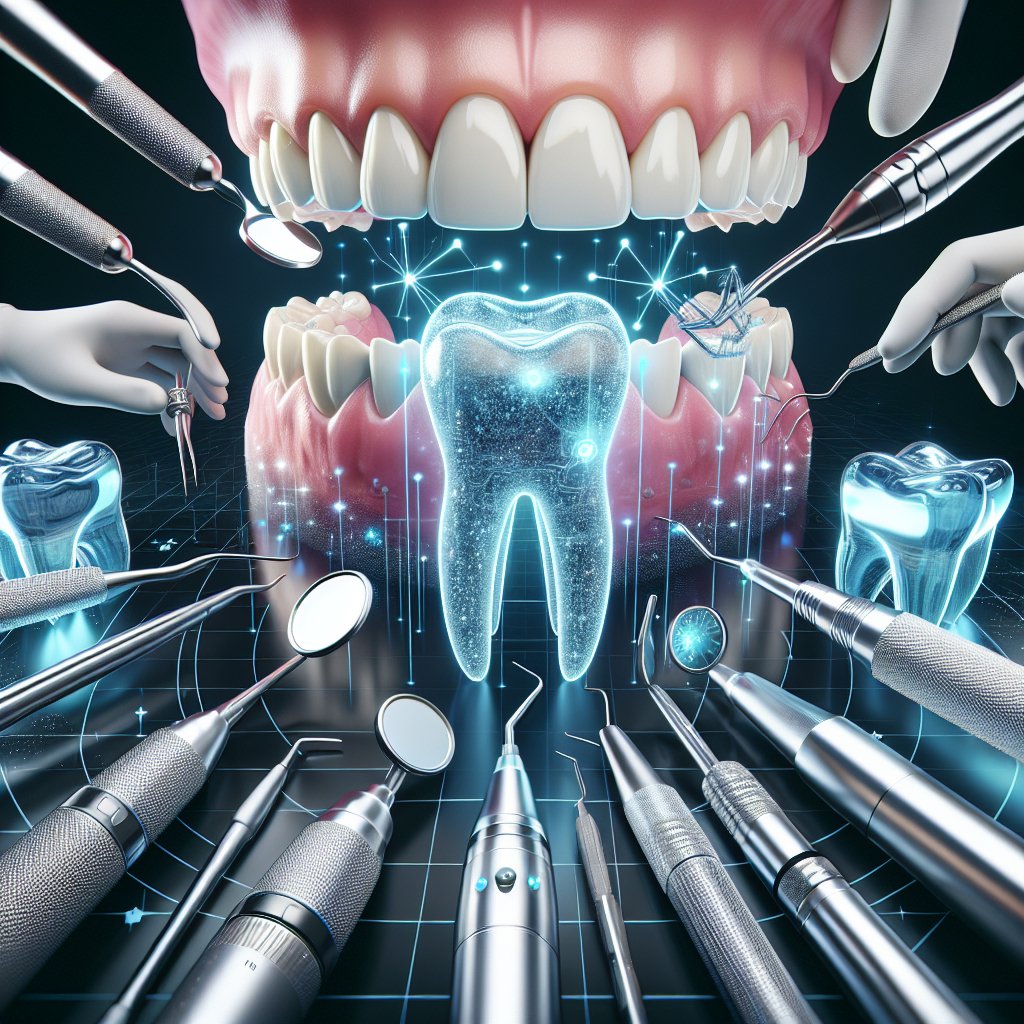The COVID-19 pandemic has significantly transformed various sectors, and dental practices are no exception. As healthcare providers, dentists faced unique challenges during this global crisis, which not only affected their operations but also the way they interacted with patients. This article explores the impact of COVID-19 on dental practices worldwide, examining the changes in protocols, patient behavior, and the overall landscape of dental care in the wake of the pandemic.
Changes in Dental Protocols and Safety Measures
In response to the COVID-19 pandemic, dental practices around the world had to implement stringent safety measures to protect both patients and staff. The nature of dental procedures, which often involve close contact and the generation of aerosols, made it imperative for dental professionals to adapt quickly to new guidelines.
Enhanced Infection Control Procedures
One of the most significant changes in dental practices was the enhancement of infection control procedures. The Centers for Disease Control and Prevention (CDC) and the World Health Organization (WHO) issued new guidelines that required dental offices to adopt more rigorous cleaning and disinfection protocols. These included:
- Increased frequency of cleaning and disinfecting surfaces and equipment.
- Use of personal protective equipment (PPE) such as masks, face shields, gowns, and gloves for all dental staff.
- Installation of air filtration systems to reduce airborne pathogens.
- Pre-procedural mouth rinses for patients to decrease viral load in the oral cavity.
These measures not only aimed to protect patients and staff but also to reassure the public that dental visits could be safe. Many practices invested in additional training for their staff to ensure compliance with the new protocols.
Tele-dentistry: A New Era of Consultation
The pandemic accelerated the adoption of tele-dentistry, allowing dentists to conduct virtual consultations with patients. This approach proved beneficial in several ways:
- It minimized the need for in-person visits, reducing the risk of virus transmission.
- Patients could receive timely advice and triage for dental issues without leaving their homes.
- It provided a platform for dentists to educate patients about oral health during the pandemic.
While tele-dentistry cannot replace all aspects of dental care, it has become an essential tool for maintaining patient relationships and managing non-emergency dental issues.
Shifts in Patient Behavior and Attitudes
The pandemic has also led to notable shifts in patient behavior and attitudes towards dental care. Many individuals experienced anxiety about visiting healthcare facilities, including dental offices, due to fears of contracting the virus. This change in mindset has had lasting effects on how dental practices approach patient care.
Increased Anxiety and Fear of Dental Visits
Surveys conducted during the pandemic revealed that a significant percentage of patients expressed heightened anxiety about dental visits. Concerns included:
- Fear of exposure to COVID-19 in waiting rooms and treatment areas.
- Apprehension about the safety of dental procedures that generate aerosols.
- General anxiety related to health and safety in public spaces.
To address these concerns, dental practices have had to enhance their communication strategies. Many have utilized social media, websites, and direct communication to inform patients about the safety measures in place, aiming to alleviate fears and encourage them to seek necessary dental care.
Changes in Appointment Attendance and Treatment Acceptance
The pandemic has also influenced appointment attendance and treatment acceptance rates. Many patients postponed routine check-ups and elective procedures due to fear or uncertainty. This trend has led to:
- A backlog of dental treatments that need to be addressed as practices return to normal operations.
- Increased cases of dental emergencies as patients delay care for non-urgent issues.
- A shift in focus towards preventive care as practices encourage patients to prioritize their oral health.
Dental professionals have had to adapt their treatment plans and patient management strategies to accommodate these changes, emphasizing the importance of regular dental visits and preventive care.
The Future of Dental Practices Post-Pandemic
As the world gradually moves towards a post-pandemic reality, dental practices are likely to continue evolving. The lessons learned during COVID-19 will shape the future of dental care in several ways.
Integration of Technology in Dental Care
The pandemic has accelerated the integration of technology in dental practices. From tele-dentistry to advanced sterilization equipment, technology will play a crucial role in enhancing patient care and safety. Future trends may include:
- Increased use of digital platforms for patient communication and appointment scheduling.
- Adoption of advanced imaging technologies to improve diagnostics and treatment planning.
- Utilization of artificial intelligence to streamline administrative tasks and enhance patient experiences.
These technological advancements will not only improve efficiency but also enhance the overall patient experience, making dental care more accessible and convenient.
Emphasis on Patient Education and Preventive Care
The pandemic has highlighted the importance of patient education and preventive care. Dental practices will likely place a greater emphasis on:
- Educating patients about the link between oral health and overall health.
- Encouraging regular check-ups and preventive measures to avoid dental emergencies.
- Promoting good oral hygiene practices as part of a holistic approach to health.
By prioritizing education and prevention, dental practices can help patients feel more empowered to take charge of their oral health, ultimately leading to better outcomes.
Conclusion
The impact of COVID-19 on dental practices worldwide has been profound, leading to significant changes in protocols, patient behavior, and the overall landscape of dental care. As the industry adapts to these changes, the focus on safety, technology, and patient education will be paramount. The lessons learned during this challenging time will shape the future of dental practices, ensuring that they continue to provide safe, effective, and compassionate care to patients around the globe.




